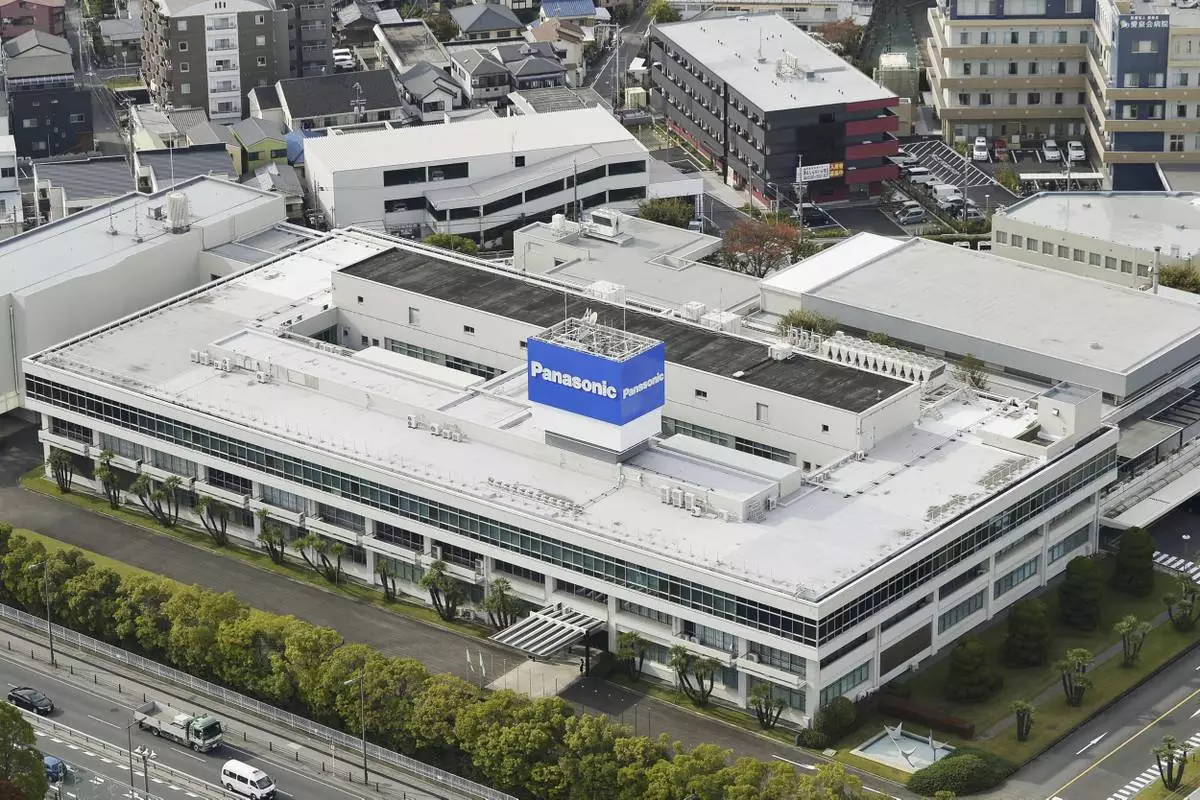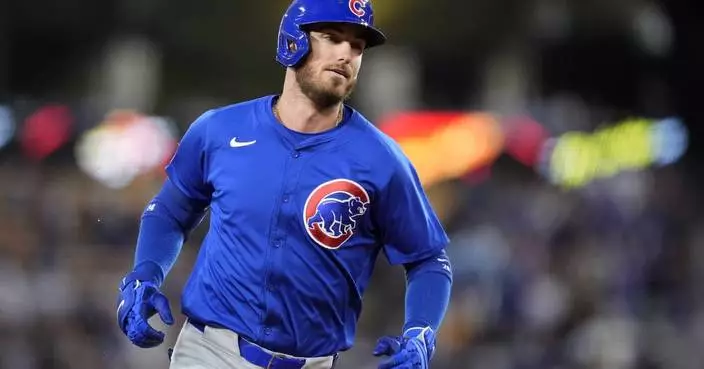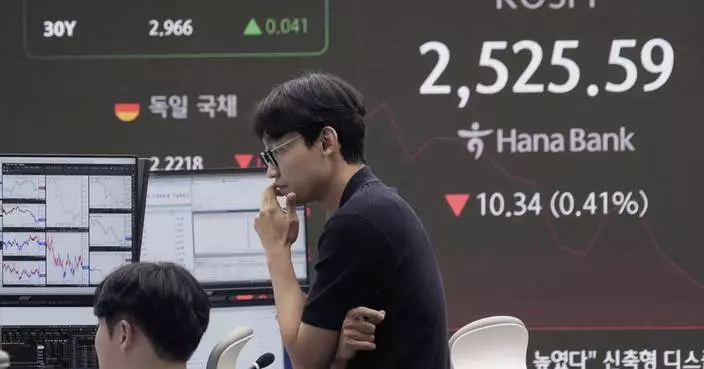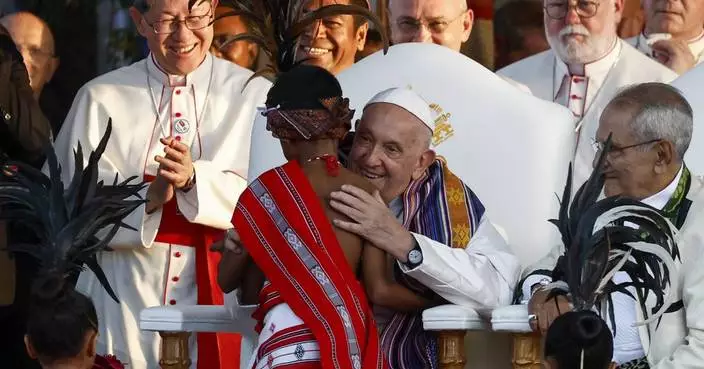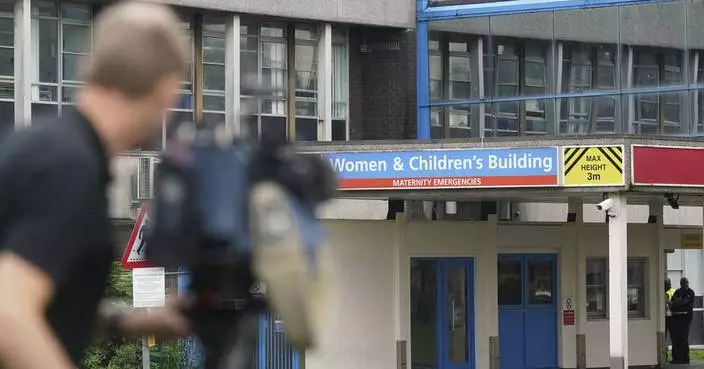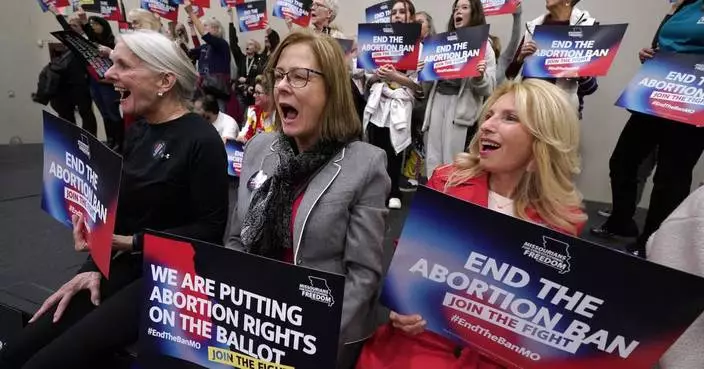BOSTON (AP) — Harvard University has decided against removing from campus buildings the name of a family whose company makes the powerful painkiller OxyContin, despite protests from parents whose children fatally overdosed.
The decision last month by the Harvard Corporation to retain Arthur M. Sackler's name on a museum building and second building runs counter to the trend among several institutions around the world that have removed the Sackler name in recent years.
Among the first to do it was Tufts University, which in 2019 announced that it would remove the Sackler name from all programs and facilities on its Boston health sciences campus. The Louvre Museum in Paris and the Metropolitan Museum of Art in New York have also removed the Sackler name. Signage at London's Tate Modern and Tate Britain as well as New York’s Guggenheim Museum has also been removed.
The move by Harvard, which was confirmed Thursday, was greeted with anger from those who had pushed for the name change as well as groups like the anti-opioid group Prescription Addiction Intervention Now or P.A.I.N. It was started by photographer Nan Goldin, who was addicted to OxyContin from 2014 to 2017, and the group has held scores of museum protests over the Sackler name.
“Harvard’s continued embrace of the Sackler name is an insult to overdose victims and their families,” P.A.I.N. said in a statement Friday. “It’s time that Harvard stand by their students and live up to their mandate of being a repository of higher learning of history and an institution that embodies the best of human values.”
Mika Simoncelli, a Harvard graduate who organized a student protest over the name in 2023 with members of P.A.I.N, called the decision “shameful.”
“Even after a receiving a strong, thorough proposal for denaming, and facing multiple protests from students and community members about Sackler name, Harvard lacks the moral clarity to make a change that should have been made years ago," they said in an email interview Friday. “Do they really think they’re better than the Louvre?”
OxyContin first hit the market in 1996, and Purdue Pharma’s aggressive marketing of it is often cited as a catalyst of the nationwide opioid epidemic, with doctors persuaded to prescribe painkillers with less regard for addiction dangers.
The drug and the Stamford, Connecticut-based company became synonymous with the crisis, even though the majority of pills being prescribed and used were generic drugs. Opioid-related overdose deaths have continued to climb, hitting 80,000 in recent years. Most of those are from fentanyl and other synthetic drugs.
In making its decision, the Harvard report raised doubts about Arthur Sackler's connection to OxyContin, since he died nine years before the painkiller was introduced. It called his legacy “complex, ambiguous and debatable.”
The proposal was put forth in 2022 by a campus group, Harvard College Overdose Prevention and Education Students. The university said it would not comment beyond what was in the report.
“The committee was not persuaded by the argument that culpability for promotional abuses that fueled the opioid epidemic rests with anyone other than those who promoted opioids abusively,” the report said.
“There is no certainty that he would have marketed OxyContin — knowing it to be fatally addictive on a vast scale — with the same aggressive techniques that he employed to market other drugs,” it continued. “The committee was not prepared to accept the general principle that an innovator is necessarily culpable when their innovation, developed in a particular time and context, is later misused by others in ways that may not have been foreseen originally.”
A spokesperson for Arthur Sackler's family did not respond to a request for comment.
In June, the Supreme Court rejected a nationwide settlement with OxyContin maker Purdue Pharma that would have shielded members of the Sackler family from civil lawsuits over the toll of opioids but also would have provided billions of dollars to combat the opioid epidemic.
The Sacklers would have contributed up to $6 billion and given up ownership of the company but retained billions more. The agreement provided that the company would emerge from bankruptcy as a different entity, with its profits used for treatment and prevention. Mediation is underway to try to reach a new deal; if there isn't one struck, family members could face lawsuits.
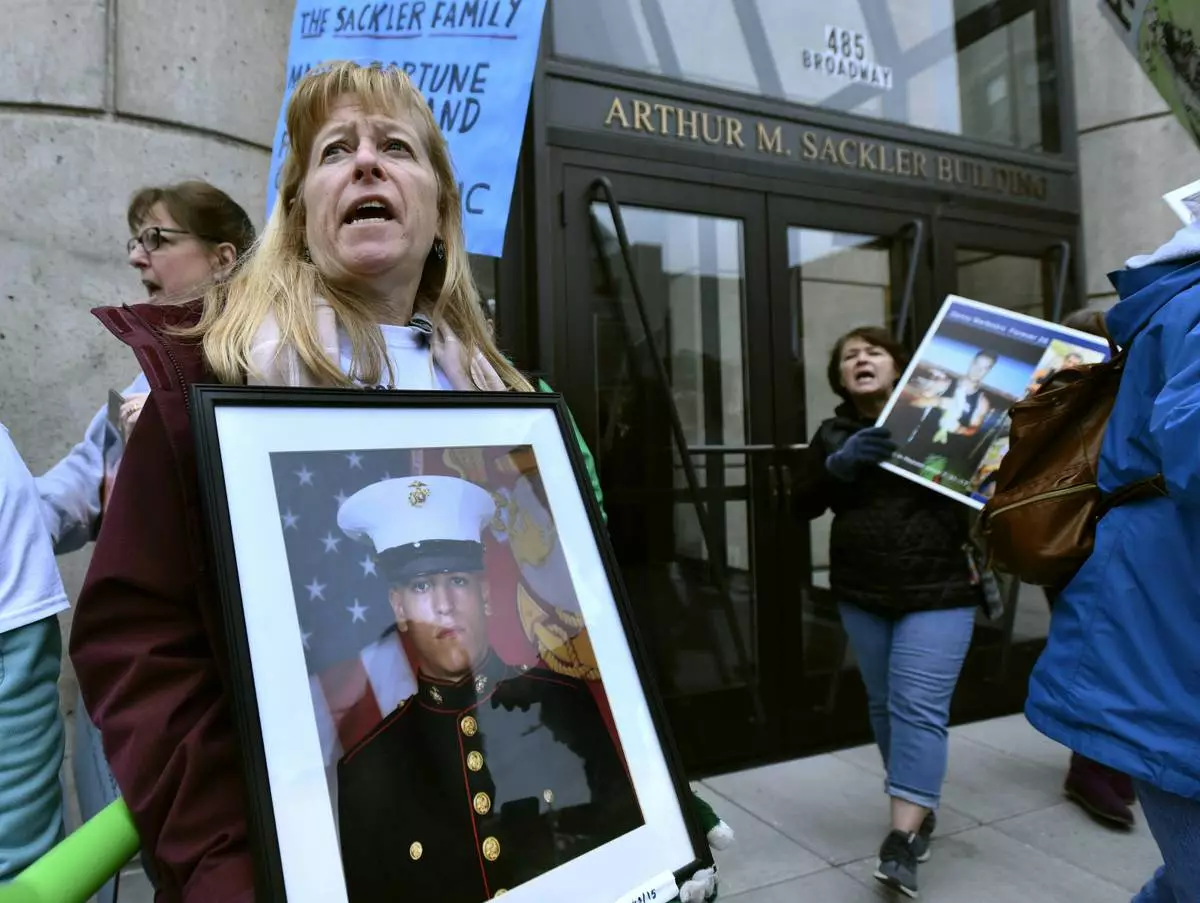
FILE - Kathleen Scarpone, of Kingston, N.H., protests in front of the Arthur M. Sackler Museum at Harvard University, Friday, April 12, 2019, in Cambridge, Mass. (AP Photo/Josh Reynolds)



